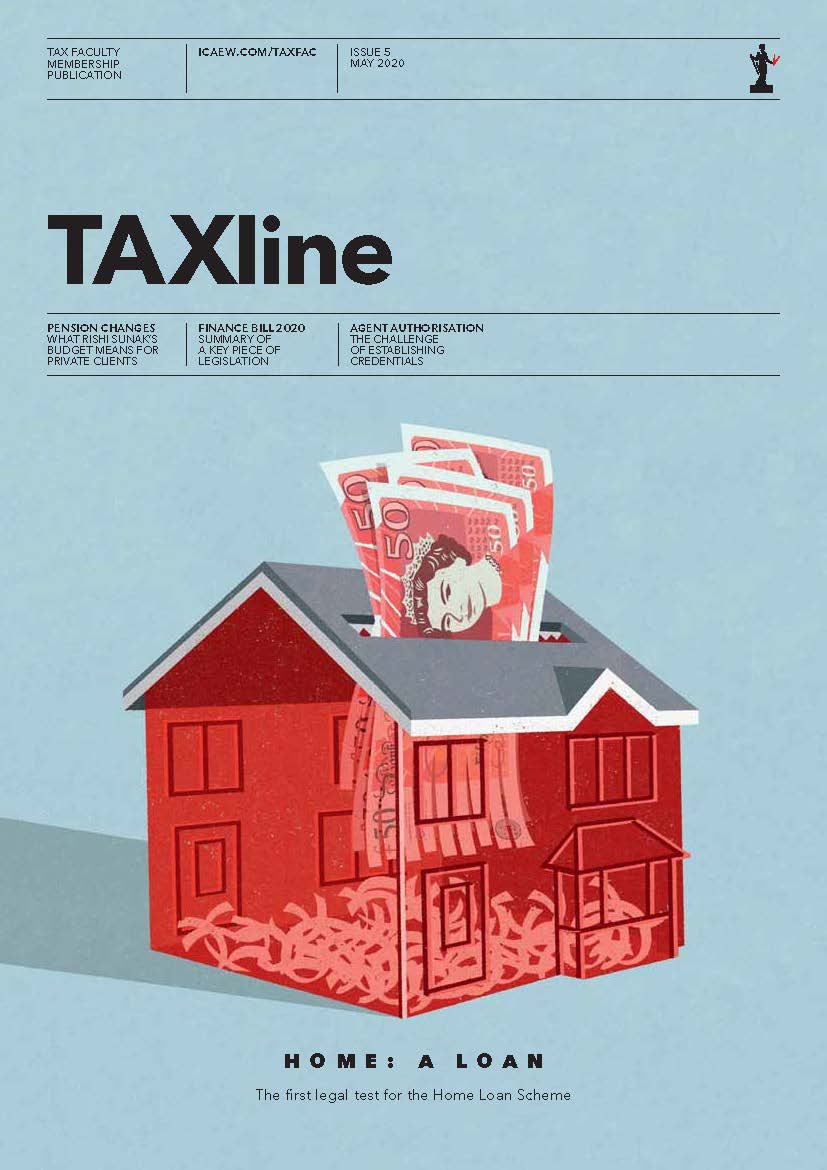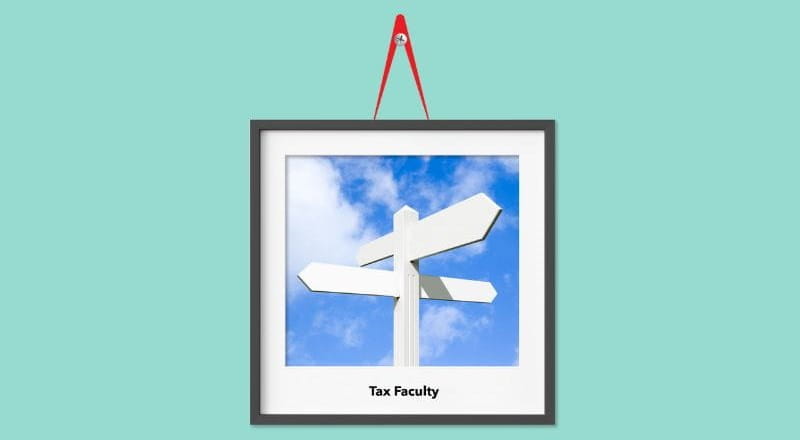The ‘IR35’ rules were introduced in 2000 to prevent self-employed workers sidestepping PAYE and Class 1 NIC through payroll by simply working through a personal service company (PSC). The target was so-called ‘disguised employment’.
The administration of the rules changed for public sector contracts in 2017 and expanded again to many private sector contracts from 6 April 2021. The onus of compliance is, in these cases, moved from the PSC to the client, or the agency making the arrangements and payments.
It is important to remember that even though the administration and responsibilities around off-payroll working have changed, the underlying rules for determining whether a worker is employed or self-employed have not.
This investigation by the Comptroller and Auditor General sets out how HMRC introduced the 2017 reforms, the approach it has taken since, and the lessons taken forward when extending the reforms to the private and third sectors in 2021. The report is in five parts, covering:
- the new IR35 requirements on public bodies from 2017;
- what HMRC did to mitigate risks it identified to compliance, public bodies and workers, including guidance and support, monitoring and adaptation;
- what impact the roll-out has had on public bodies, workers and tax revenue;
- how HMRC assesses public bodies’ compliance with the IR35 rules and what it has found to date; and
- how HMRC has adapted its implementation of the next phase of the roll-out based on lessons from the public sector experience.
ICAEW highlights the following key findings from the report:
- Following the reforms, HMRC observed an increase in tax revenues and numbers of workers deemed to be employed for tax purposes.
- Some workers disputed their tax status, but they did not have a clear legal route to appeal the determinations.
- The 2020/21 financial statements of government departments and agencies include a total of £263m paid, owed or expected to be owed in additional tax for failing to administer the reforms correctly.
- HMRC’s current approach to correcting cases of non-compliance results in it collecting more tax in total than is due, and it does not yet have a plan to address this.
- HMRC may have underestimated the cost to employers of implementing the reforms.
- Despite improvements HMRC has made to its guidance and tools, public bodies and other stakeholders observed it could go further to support implementation.
- Inherent differences between the public and private sectors mean that HMRC faces new and challenging risks following the wider implementation of IR35 reforms.
The report recommends that HMRC should:
- further develop the ‘check employment status for tax’ (CEST) tool and accompanying guidance to make it as easy as possible to use accurately;
- assess the usefulness of CEST for different sectors;
- identify and set out case examples of good implementation to promote compliance by helping organisations get determinations and tax deductions right first time;
- update its estimate of compliance costs to hiring organisations based on actual experience, to help all parties understand the scale of activity needed and how HMRC can best support implementation;
- develop a more effective and efficient system to ensure HMRC accurately collects the total taxes due from workers and hiring organisations when errors have been made; and
- build on its improved collaboration with stakeholders to enable constructive discussions and pre-empt challenges in the public and private sectors.
Tax Faculty
This guidance is created by the Tax Faculty, recognised internationally as a leading authority and source of expertise on taxation. The Faculty is the voice of tax for ICAEW, responsible for all submissions to the tax authorities. Join the Faculty for expert guidance and support enabling you to provide the best advice on tax to your clients or business.
More support on tax
ICAEW's Tax Faculty provides technical guidance and practical support on tax practice and policy. You can sign up to the Tax Faculty's free enewsletter (TAXwire) which provides weekly updates on developments in tax.
Sign up for TAXwireJoin the Tax Faculty


